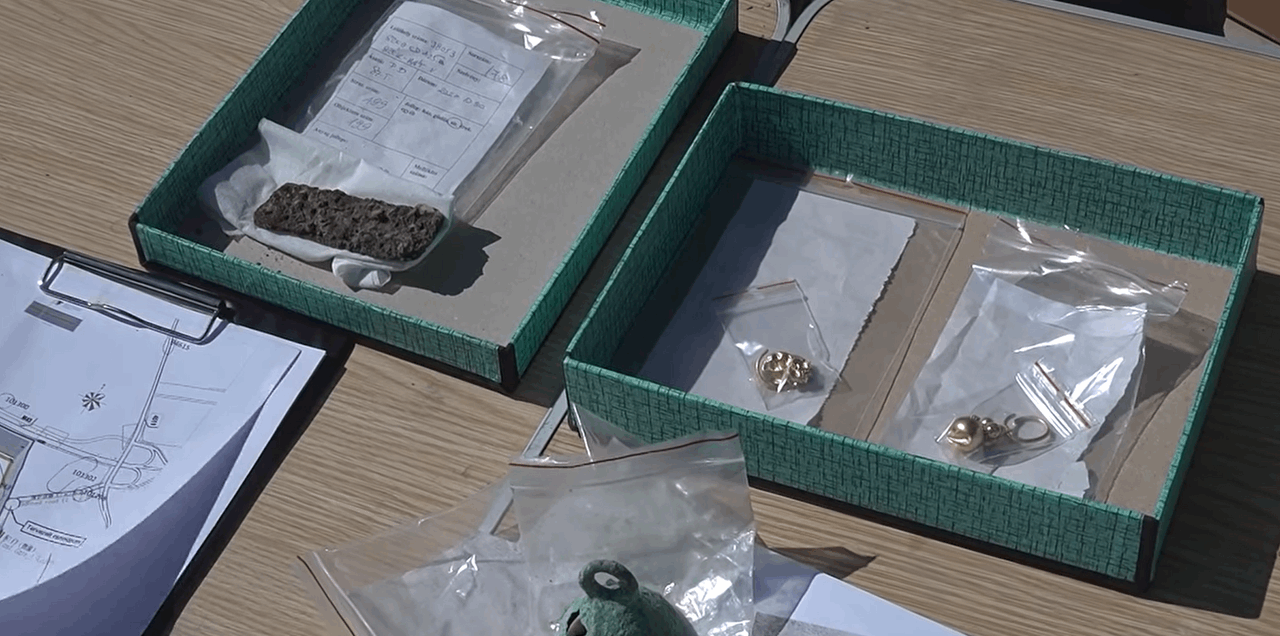PHOTOS: Archaeologists uncover large, 1,400-1,500-year-old cemetery at BYD factory site near Szeged

Before groundbreaking work began on the new BYD auto factory near Szeged, archaeologists from the Hungarian National Museum and the Móra Ferenc Museum conducted a large-scale preventative excavation across the 300-hectare construction site. The dig has turned up notable discoveries and is now nearing completion. While not quite at the last minute, we were able to catch a glimpse of the excavation efforts just in time.
Unexpected discovery near Szeged
According to Szeged.hu, a complete cemetery from the Avar period was unexpectedly discovered on-site. Kornél Sóskuti, lead archaeologist from the Hungarian National Museum, led visitors on a tour, outlining the work conducted there. He explained that the excavation followed all required protocols and was carried out in close cooperation with the developer, BYD, which has shown a strong commitment to preserving local archaeological heritage.
“Projects of this scale are legally required to begin with preliminary archaeological documentation,” Sóskuti explained. “We started with trial excavations that lasted through the end of February 2024, which led to a contract for full-scale excavation.” The goal of the initial work was to assess what kind of historical treasures the site might hold and how they could be impacted by ongoing construction.
Geologically, the site turned out to be well chosen: to the south are the naturally elevated Öthalom hills, and to the north lies Lake Fehér. The shores of the lake were previously examined by famed Hungarian archaeologist and writer Ferenc Móra, revealing that the region had been continuously inhabited from prehistoric times through the Middle Ages.

More than 150 graves, remarkable artefacts
The factory is being built on a low-lying plain between those two elevated areas, land once frequently flooded by the Tisza River. Despite that, archaeologists uncovered significant finds. While researchers had not expected burial grounds at the location, they ended up discovering a full Avar-era cemetery, and likely even traces of burial sites from the Árpád era.
The uncovered cemetery includes 152 graves and yielded remarkable artifacts, including gold earrings and a small Byzantine bell. According to Sóskuti, the burial site likely dates back to the late 6th or early 7th century.

Archaeological work is still ongoing. In addition to excavation, researchers continue to conduct on-site monitoring to document any new discoveries as construction proceeds. Sóskuti said archaeologists will remain on-site for the coming months to ensure that any additional finds are carefully recorded.
To read or share this article in Hungarian, click here: Helló Magyar
Read also:
- Sensational artefacts recovered from 14-15th century house cellar under Budapest’s Royal Palace
- Medieval castle being rebuilt in Hungary





